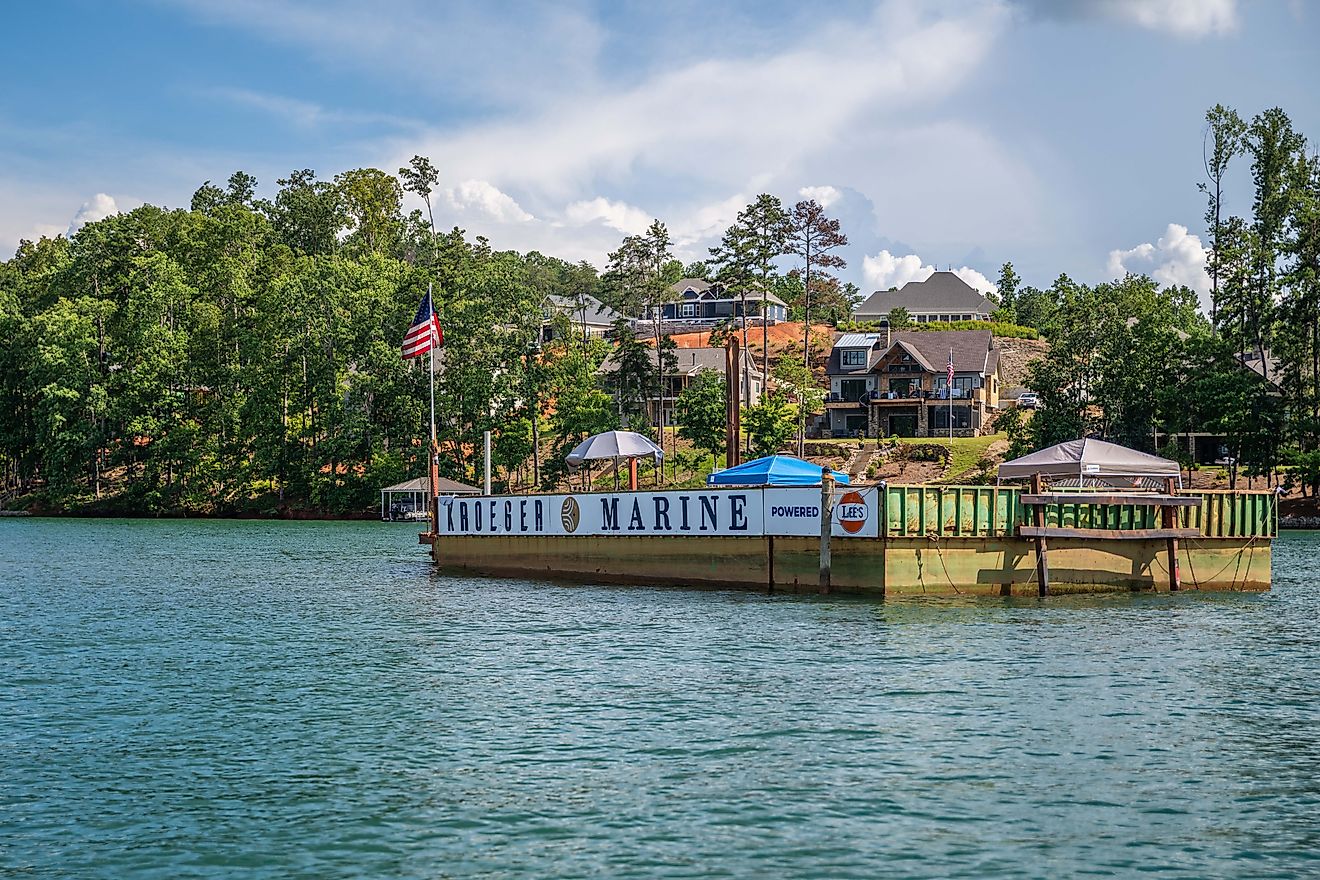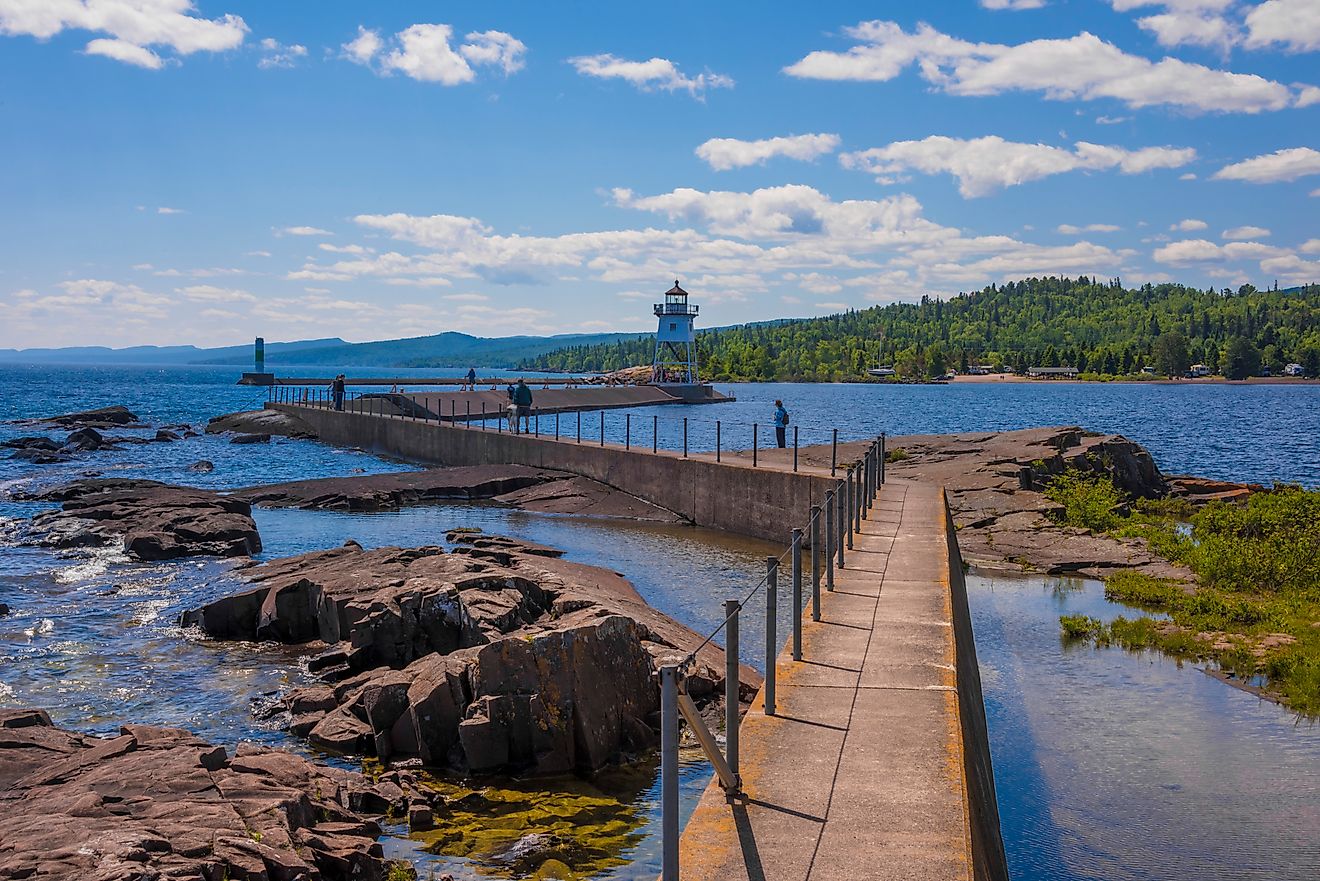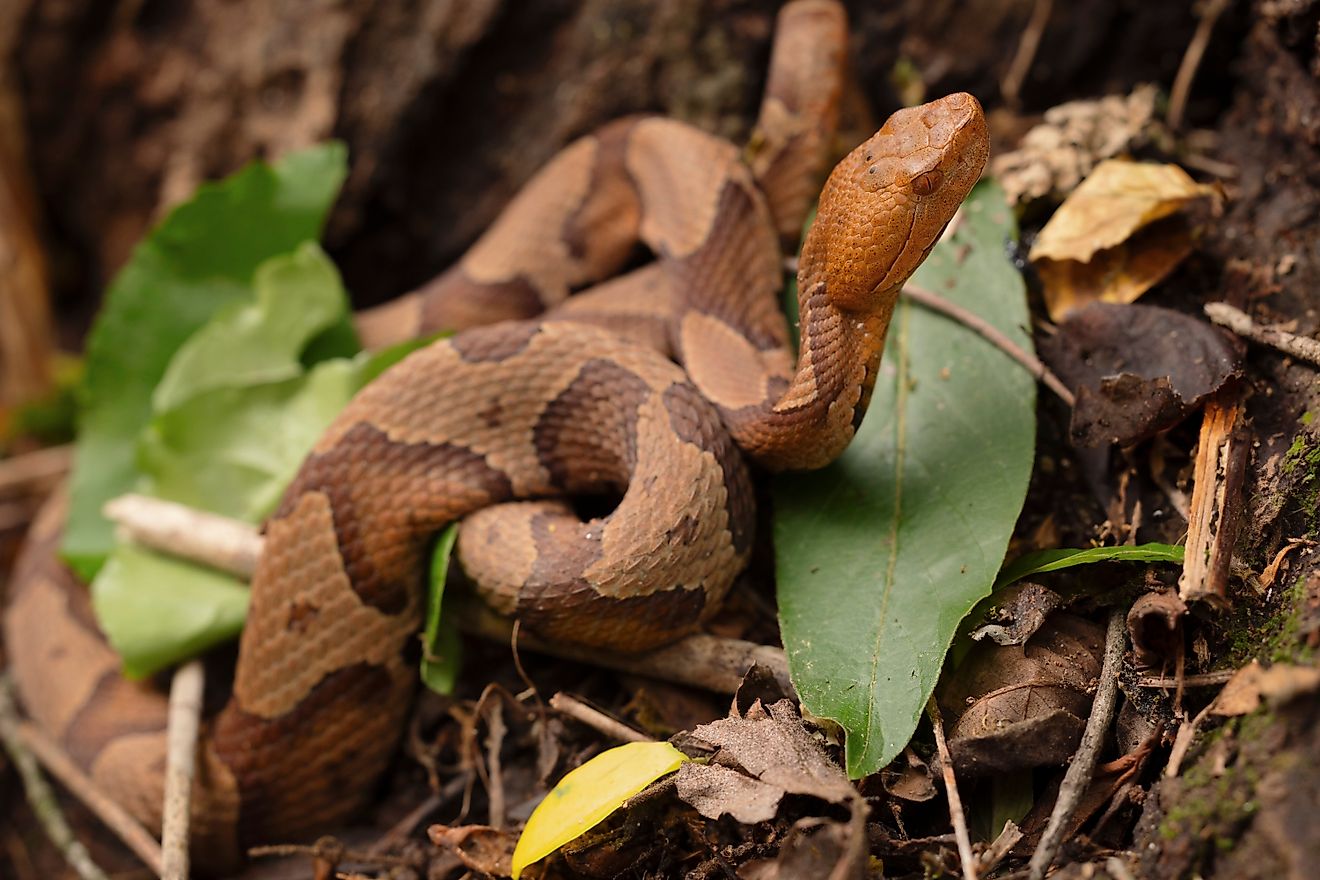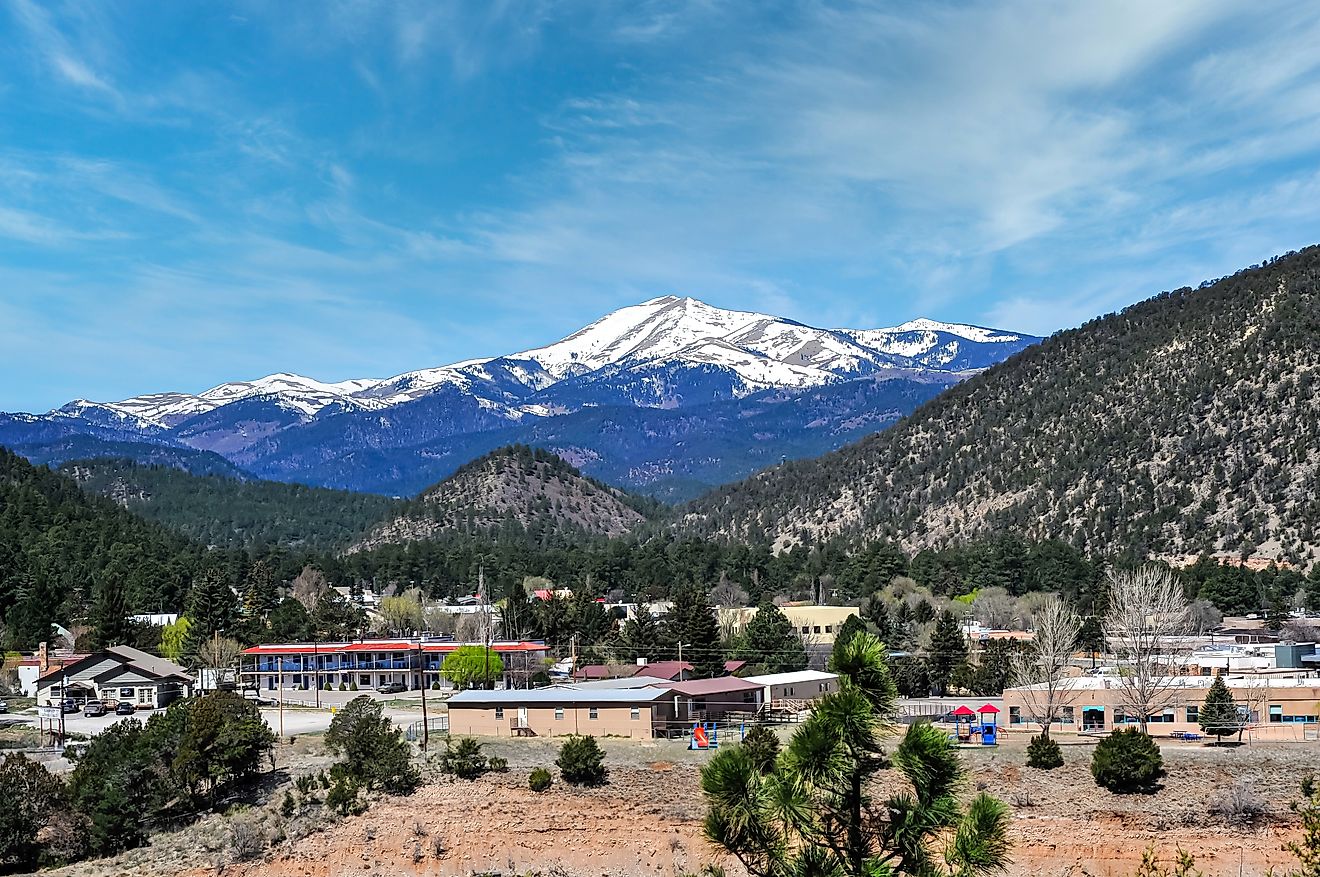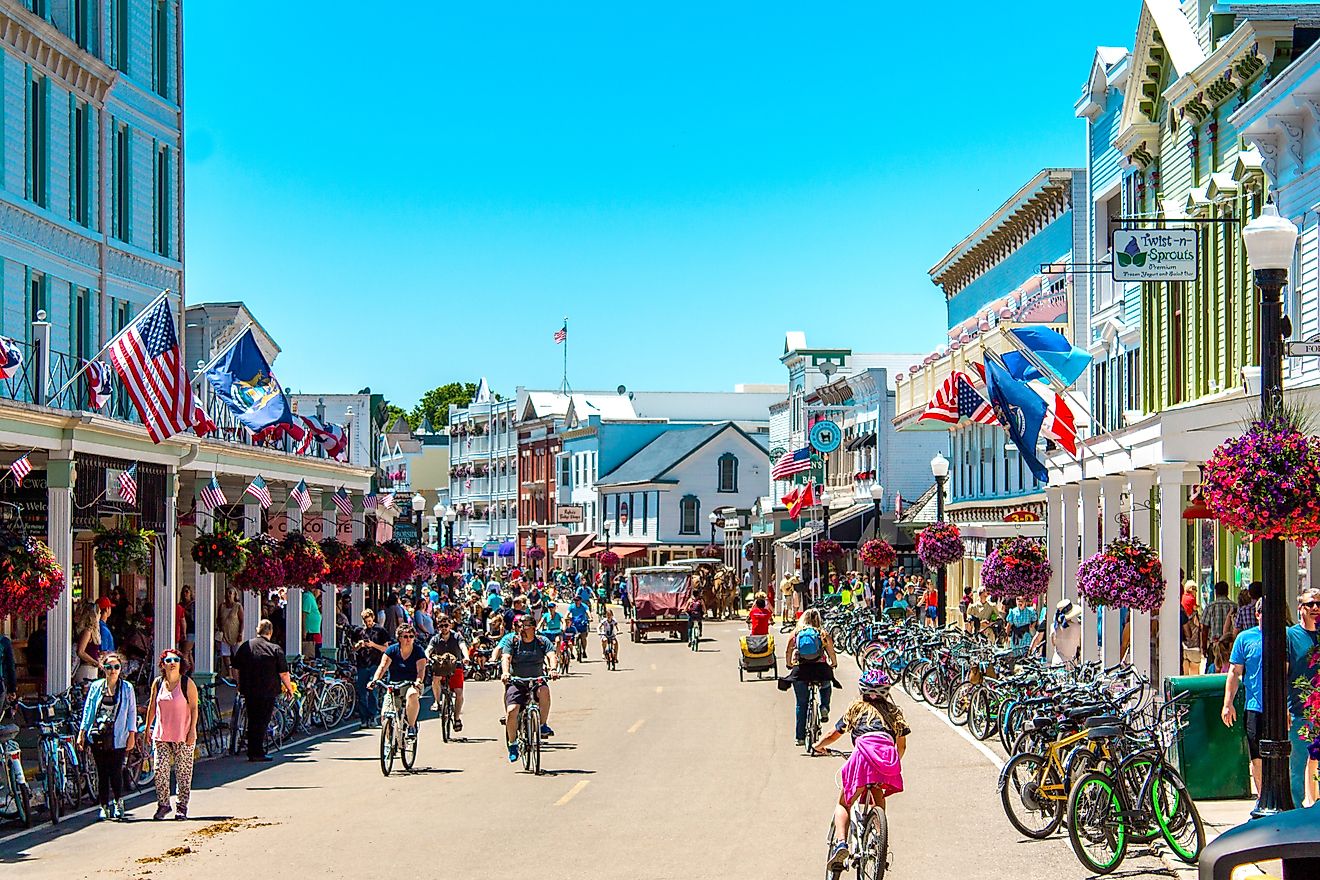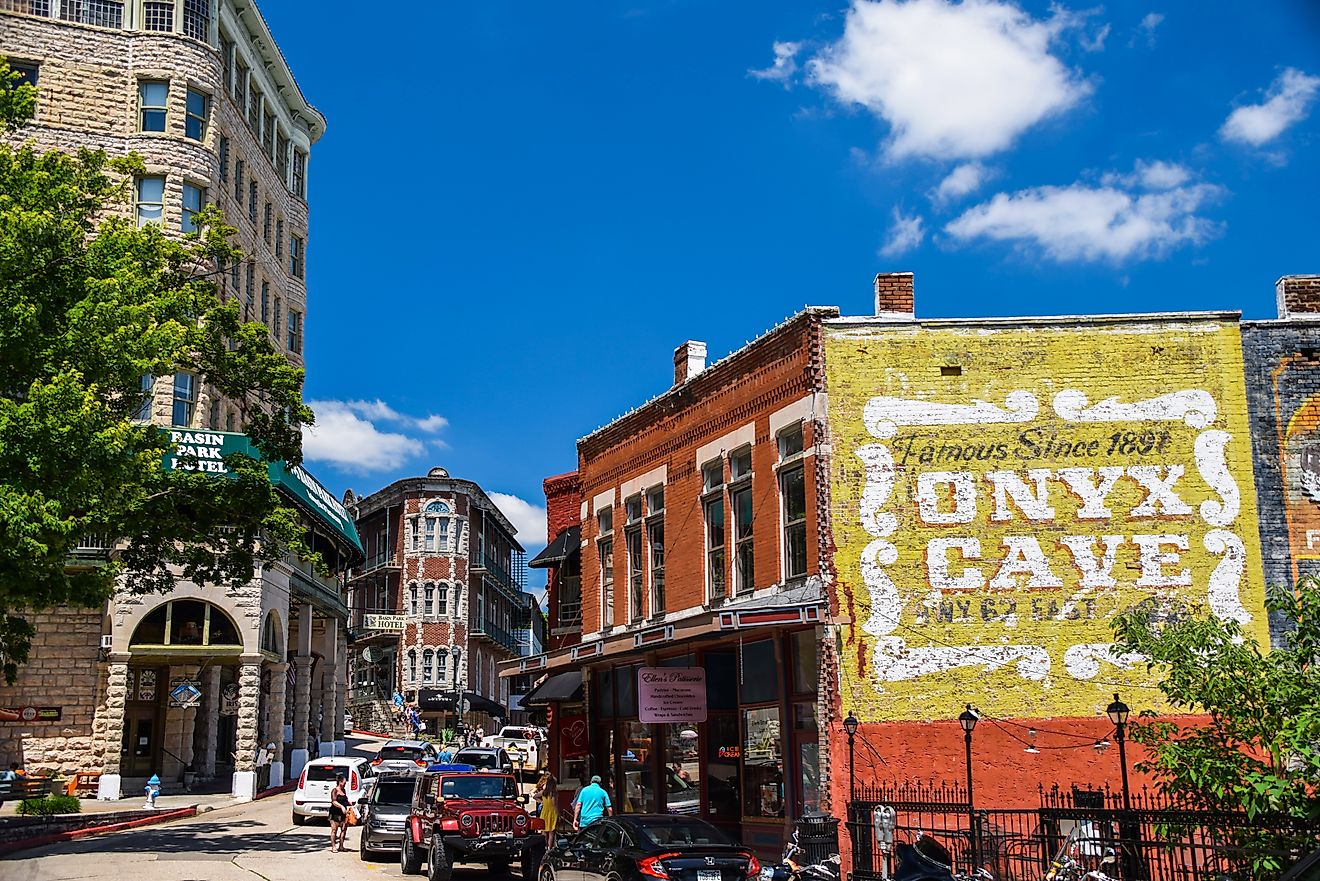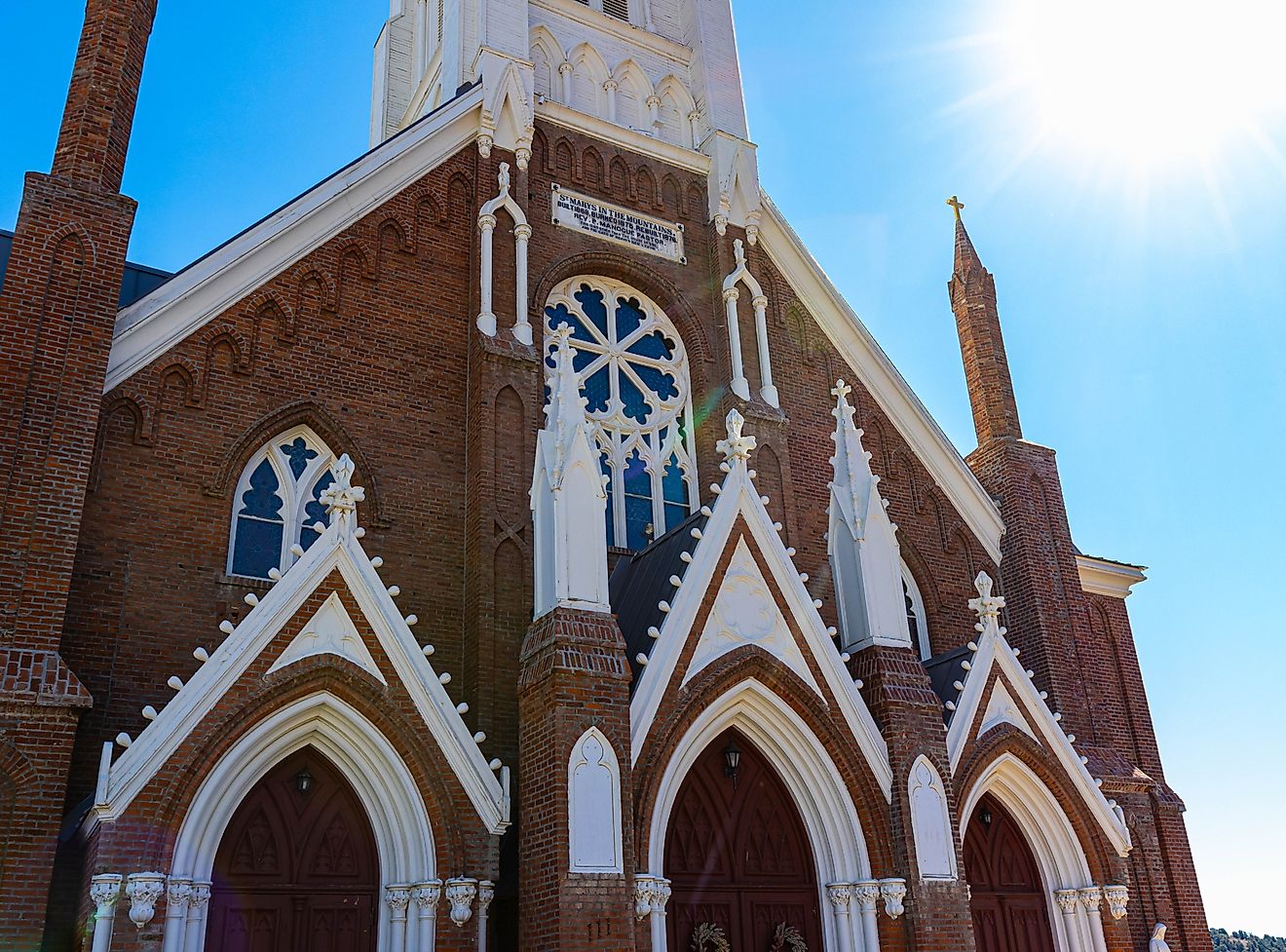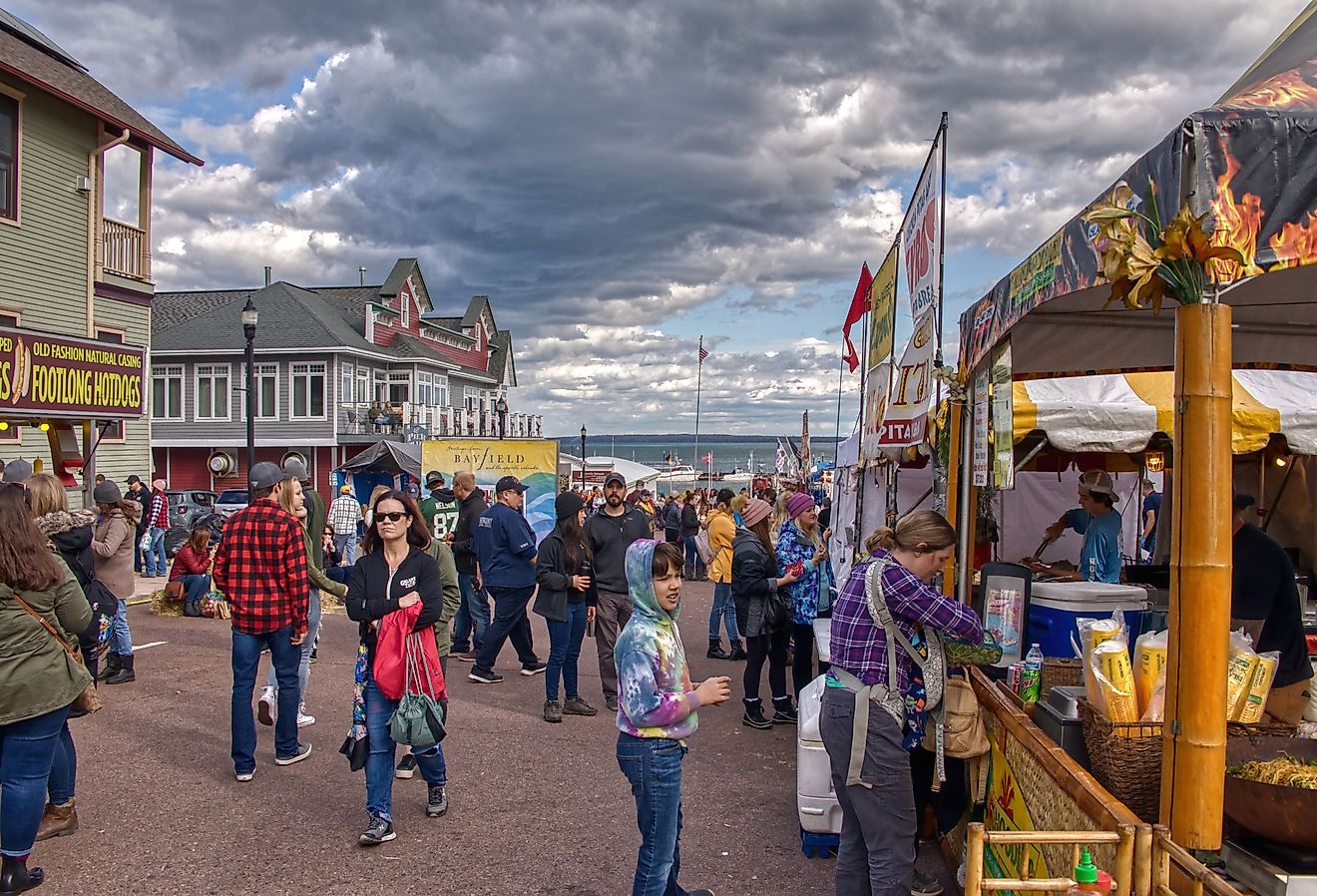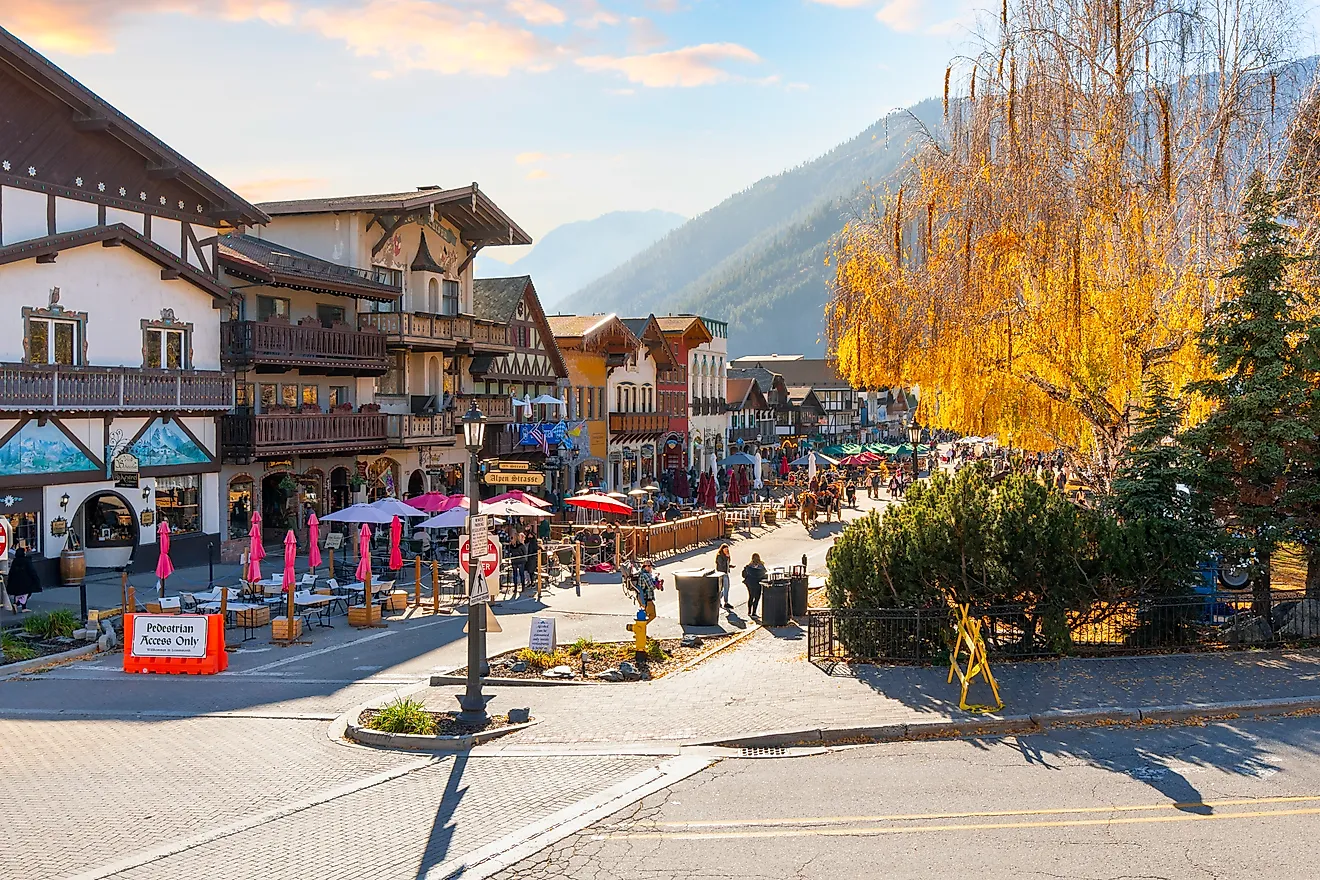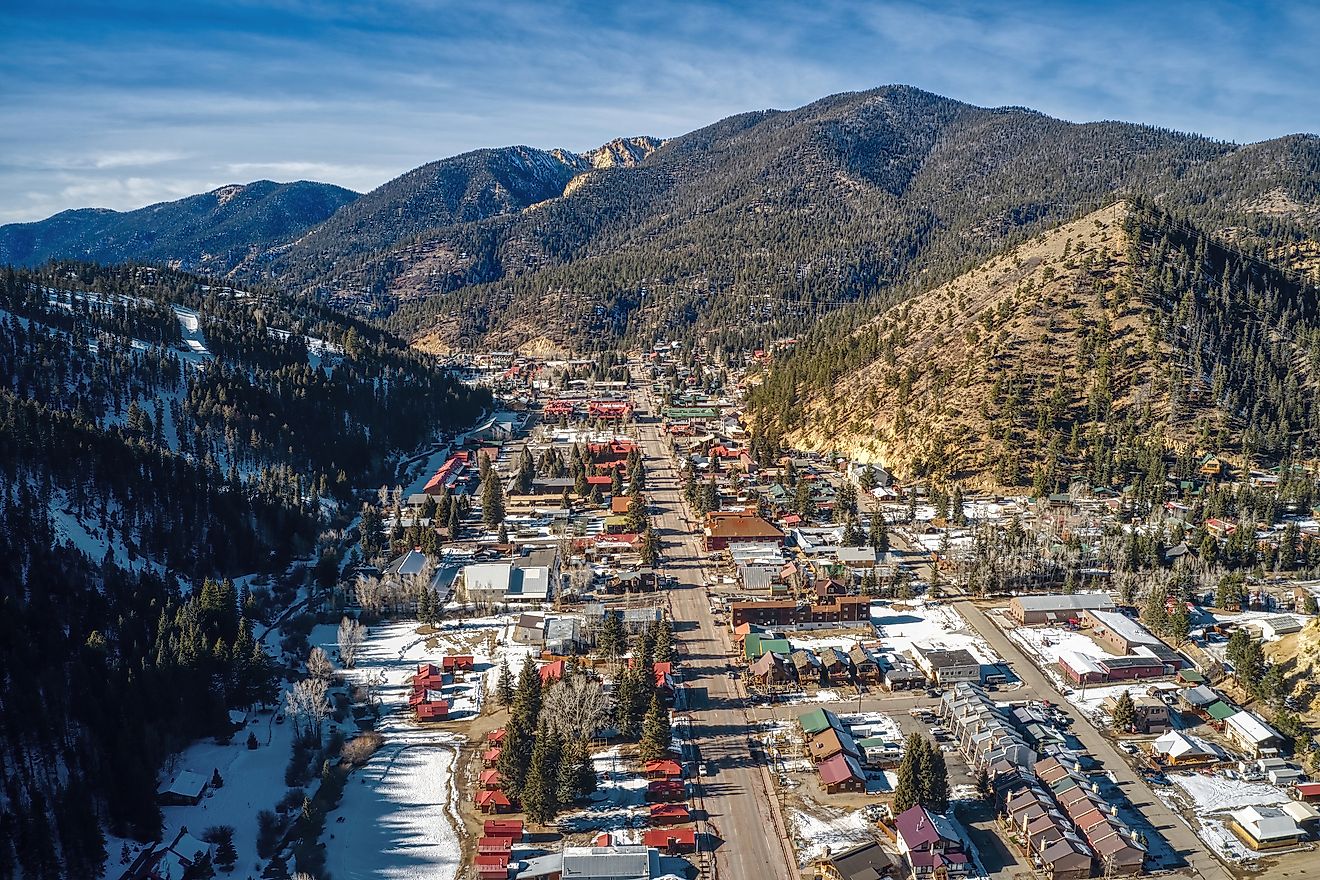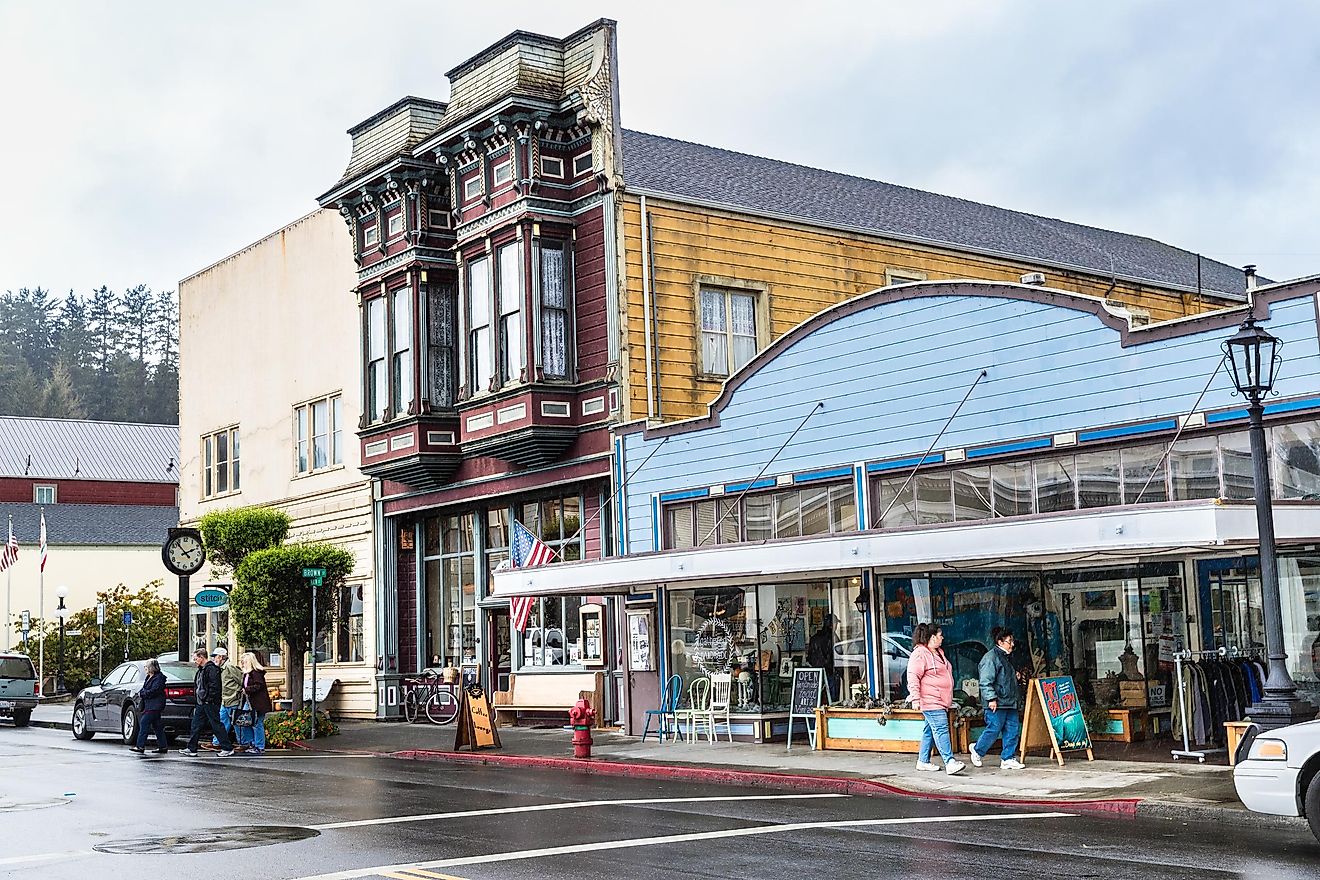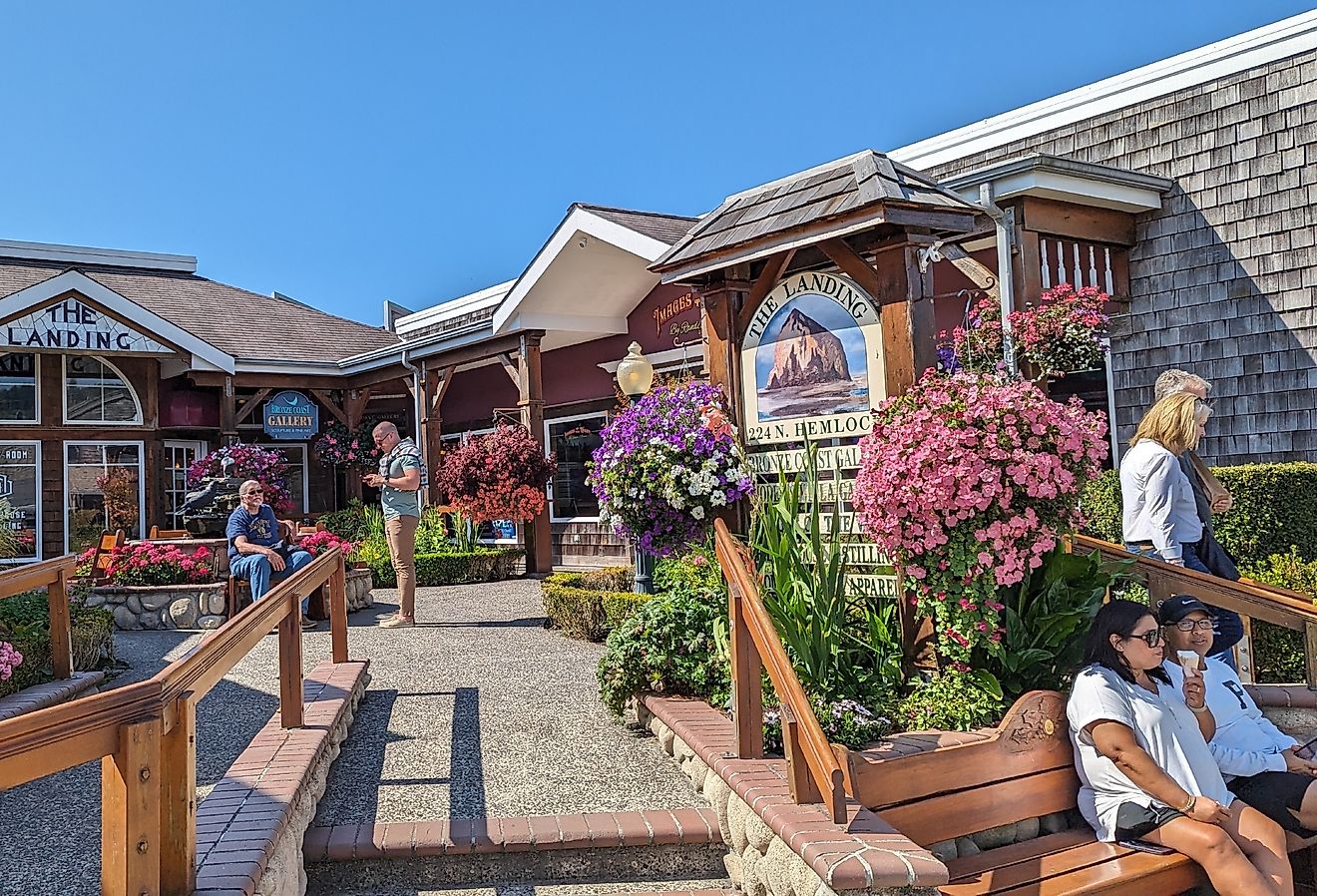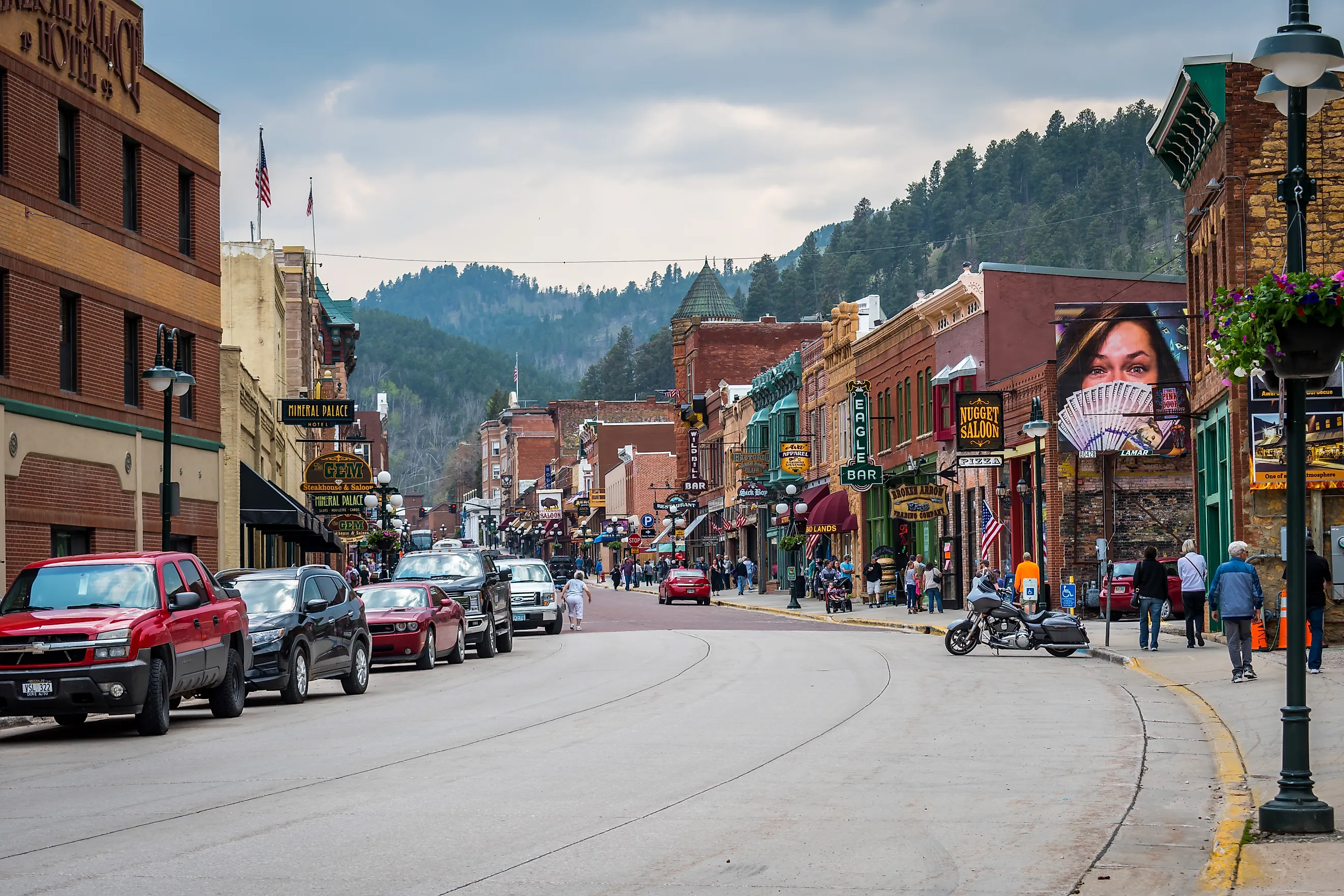
8 Offbeat South Dakota Towns To Visit In 2025
South Dakota, a beautiful part of the American Midwest, has features that stand out from other states. It is famous for the unique, iconic Mount Rushmore, as well as the Black Hills region that extends into neighboring Wyoming. Yet, many of the state's unusual, sometimes eccentric charms go unmissed by the average traveler. Beyond larger cities like Sioux Falls or Rapid City, South Dakota's small towns should look attractive to any curious tourist eager to find something different. As travelers make plans in 2025, the state has a number of offbeat interests to entice visitors, whether they come for a weekend or a longer-term stay.
Aberdeen

Like the northeast Scottish city that inspired this town's name, Aberdeen brings together cultural vacationers in this part of northeast South Dakota. The arts come alive here at the Aberdeen Community Theatre, which has been operating since 1979. And Aberdeen's contributions to new and vintage cinema, like its South Dakota Film Festival (now on hiatus), reach back even further: Aberdeen was once the place that L. Frank Baum, author of a book called The Wizard of Oz (before its mega-success as a Hollywood classic), called home. Today, Aberdeen offers a sizable menu of Oz-themed sites to explore, like Storybook Land, a local amusement park, and the "Land of Oz." For some time outside (or away from Oz tourists), Aberdeen's 30 miles of recreational trails encourage hiking, biking, running and general fitness across town.
Deadwood
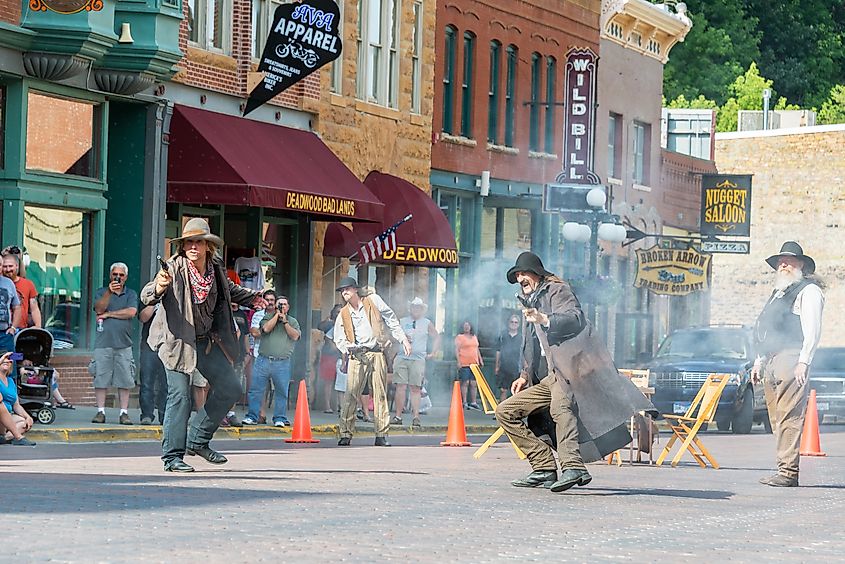
Founded in 1876, the small town of Deadwood, enjoys a big reputation as a draw for travelers due to the hit western TV show, which ran 2004-2006. Today, the town, which lies at the state's western edge, continues to celebrate its heritage from the pioneer days. The town's former reputation for lawlessness and vice later evolved into a more respectable public order. In its historic downtown, a recreated frontier scene with casinos, saloons, and old-time buildings creates a lively picture of the romantic Old West.
For fans of museums, the Adams Museum offers displays on Deadwood's rough-and-tumble roots. Older museum visitors may like a visit to The Brothel Deadwood, with exhibits on exactly what it says—a museum like few others in the world. The place recommends that visitors be at least sixteen years old to enter. Active types will like the western gulches and canyons of Black Hills National Forest, which await just south of Deadwood.
Huron
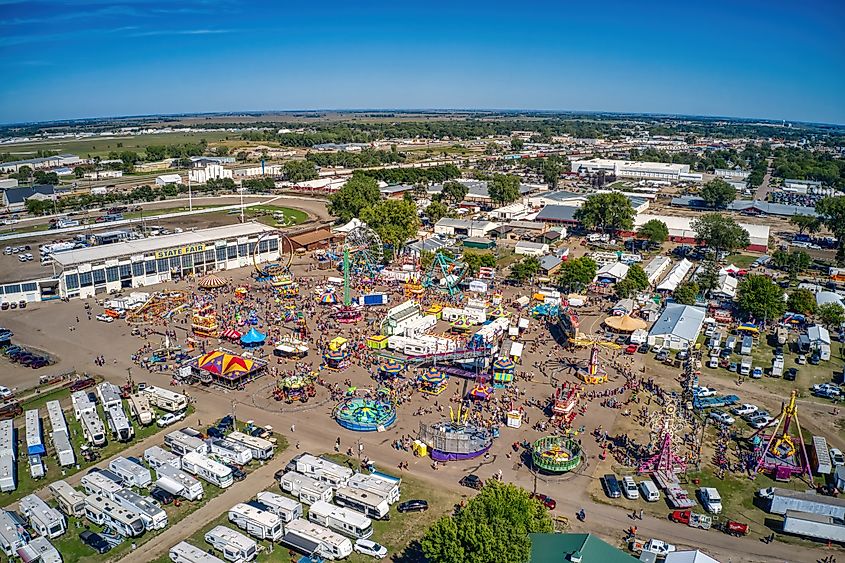
In northeast South Dakota, amid the Glacial Lakes and Prairies region, the town of Huron holds itself out as a hunter's paradise, especially for those who specialize in shooting pheasant. Huron even has a famous, enormous pheasant statue, standing 28 feet tall and weighing 22 tons. Hunting aside, the statue brings tourists from far and wide. Huron's downtown art walk, called Murals on the Town, injects some creative color to Huron's business and nightlife districts.
Huron is also the host of the South Dakota State Fair, taking place in town every Labor Day Weekend. The event involves music, car racing, livestock shows, and other exhibits of what makes South Dakota great. Interesting fact: Huron is also the birthplace of Gladys Pyle, the first South Dakotan woman to serve in the U.S. Senate, starting in 1938.
Keystone
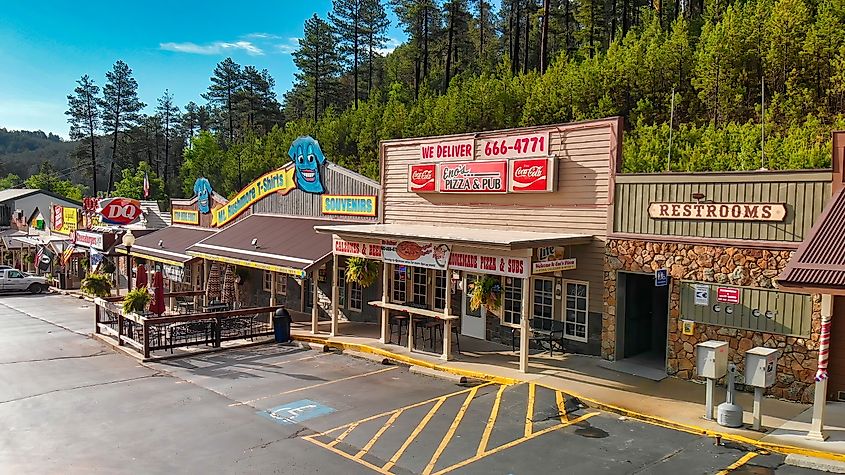
Not far from Mount Rushmore, the town of Keystone offers easy access to the world's most unusual outdoor statue. At the Keystone Historical Museum, built in 1900, exhibits include mining tools, mineral collections, and an old-school children's classroom, among other displays. The museum operates in summer only, which should nonetheless accommodate out-of-town visitors.
Other, stranger draws, like Dahl's Chainsaw Art, feature a gallery with works carved from Black Hills pine by chainsaws, the creative fruit of brother sculptors Jarrett and Jordan Dahl. Keystone shows off one of its more bizarre works downtown: a wooden statue of Bigfoot, said to be among the world's largest, which stands 23 feet high. Keystone's other oddball attractions include Holy Terror Mini Golf, named after the town's last operating mine. The course bears a mining theme, with obstacles such as a mine sluice and a water wheel.
Mitchell
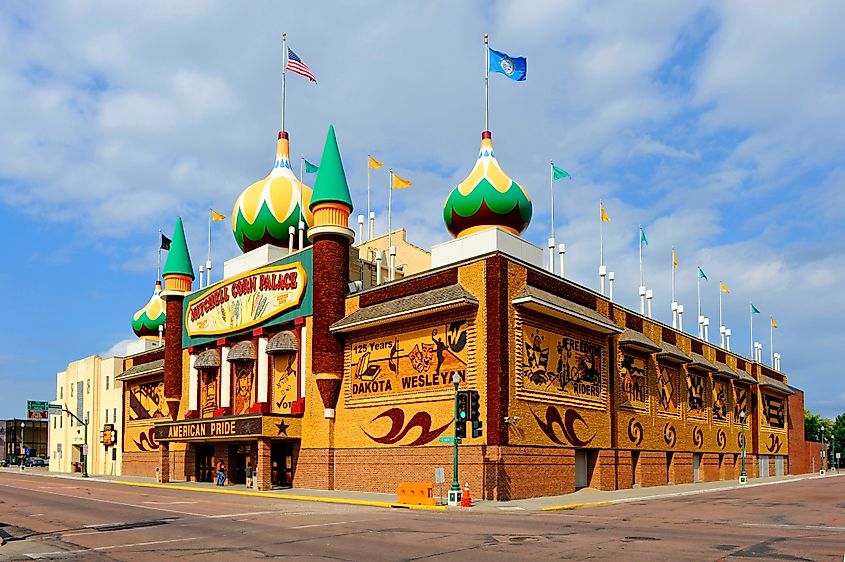
No town is normal if it has a 'corn palace.' Mitchell, established in 1883, offers visitors a temple of agriculture that calls itself "The World's Only Corn Palace," in case travelers were wondering. Constructed in 1892, the convention center has served as a gathering place for the region's various farm commodities. A Corn Palace Festival happens here every summer.
If the Corn Palace leaves a visitor craving something less peculiar, they will find other interests at the Dakota Discovery Museum. The site offers standout exhibits showing the human and nature-focused histories of the surrounding Great Plains region. The museum's centers its work on the dates 1600-1939, the latter of which saw the end of the Great Depression and the beginning of World War II.
Pierre
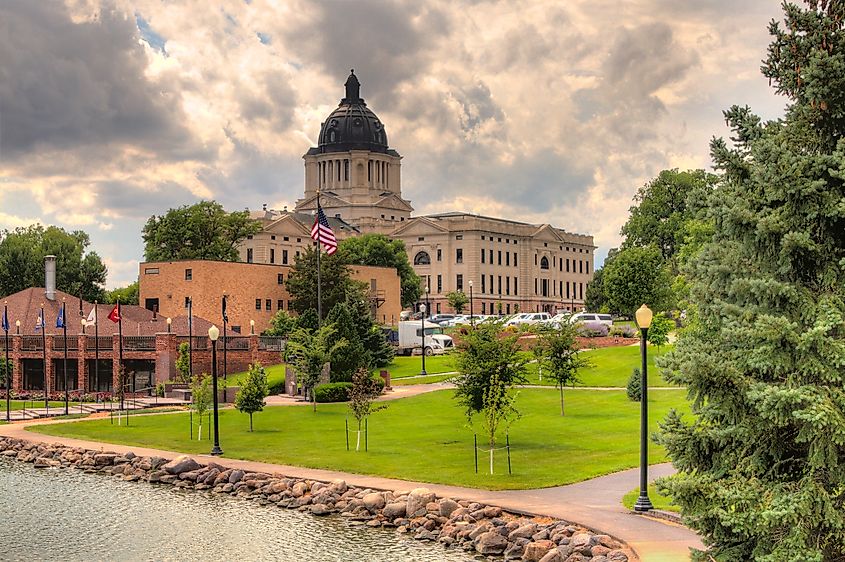
The capital of South Dakota, Pierre (which the local accent makes sound more like "pier"), is the second-smallest among US states, after Montpelier, Vermont. Pierre, the town, sprang up in the shadow of Fort Pierre, reminding the visitor of the days when the area still belonged to France. The South Dakota territory, like other vast stretches of the western United States, went from French to American hands following the Louisiana Purchase of 1803. The downtown South Dakota Cultural Heritage Center brings those and other dynamic histories to life.
Pierre became the state capital in 1889, taking over from the initial capital of Yankton. The state joined the Union the very same year. Set in a bend of the Missouri River, Pierre is beloved among history buffs. The Lewis and Clark Family Center illustrates state, regional, and national history in a family-friendly environment and is ideal for traveling families. The nearby Lake Oahe, among the biggest man-made lakes on the planet, offers boating, fishing, and natural beauty north of town.
Spearfish
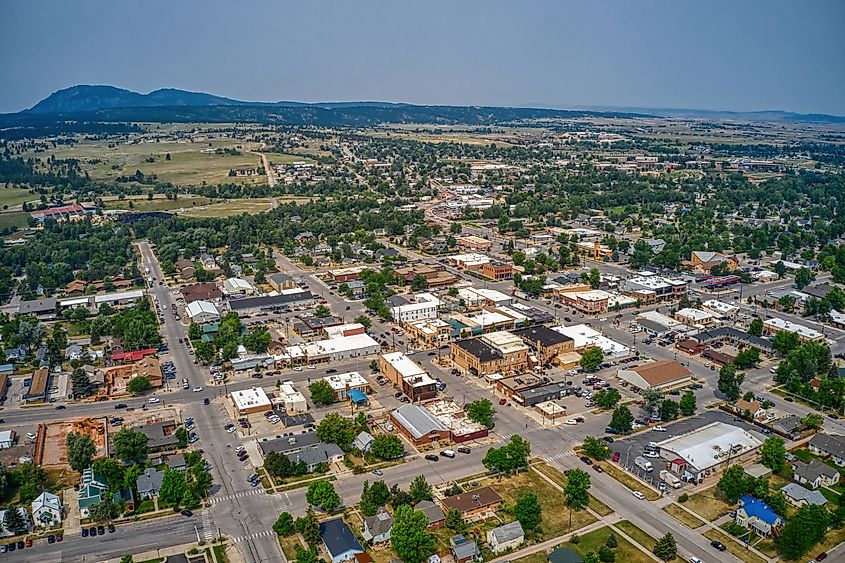
Spearfish, like Deadwood, also sits in the Black Hills region. Once known as the "Queen City" for the resemblance of local hills to a crown (as the town's settlers perceived them), Spearfish, established in 1888, delivers an abundant set of choices for the fun-seeking visitor. A university town, Spearfish hosts Black Hills State University. Its arts scene includes the Matthews Opera House, a busy venue with American, European and other creative productions. Other culture mavens may prefer the town's High Plains Western Heritage Center. Here, tourists can read up on the bygone days of pioneers, ranchers and cowboys, and outlaws of all sorts.
Spearfish Canyon draws nature lovers from everywhere. The US architect Frank Lloyd Wright, who knew something about beautiful settings, once called the canyon a "miracle" that was "unparalleled elsewhere" in the United States.
Vermillion
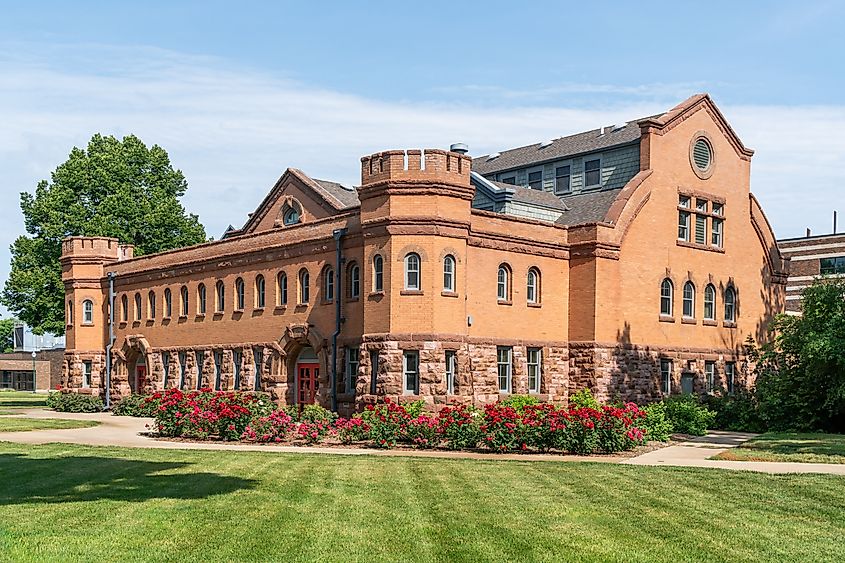
In South Dakota's far southeast, the town of Vermillion once attracted both the Lewis and Clark Expedition and, later, John James Audubon, the naturalist whose drawings of North American birds are still prized today. Established in 1859 along the Missouri River, the town took its name from a loose translation of the Lakota Native American word, which meant 'red stream.' Vermillion's sense of culture becomes clear at the National Music Museum, which is a branch of the University of South Dakota. The Aalfs Auditorium, a beloved local arts venue, is also in town. Enthusiasts of public art should also look for Vermillion's five enormous public murals. Summer visitors, especially those who may want the kids to cool down and burn off steam, can head to Prentis Park, which has a water slide, swimming pool, and lazy river that are ideal for inner tubing.
Offbeat South Dakota Towns Are Some Of Its Best
These towns make the case that South Dakota's offbeat smaller towns are also some of the state's most interesting places. Towns like Aberdeen sustain an outsized set of Wizard of Oz tourist attractions. Other places, like Deadwood and Spearfish, honor the unique and sometimes curious traits of South Dakota's part in the history of the American West. Meanwhile, eccentric highlights, from chainsaw expressions in Keystone, a corn palace in Mitchell, or a 28-foot pheasant statue in Huron, keep South Dakota anything but ordinary. For a truly unique experience through one of the West's most dynamic areas, a trip through quirky, small-town South Dakota may be just the thing for 2025.
